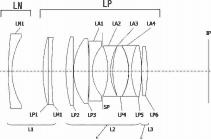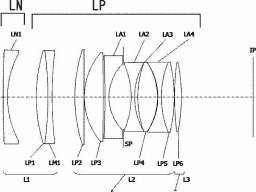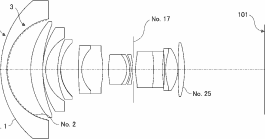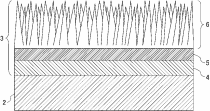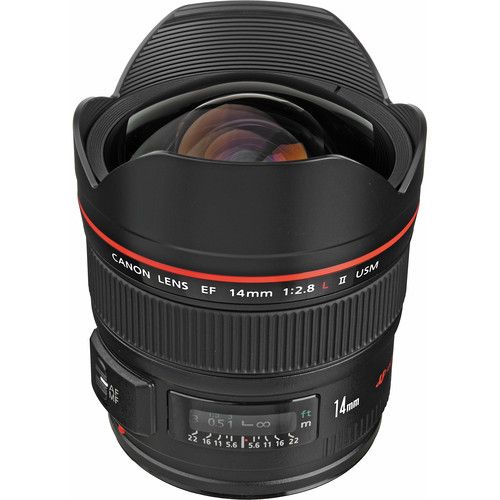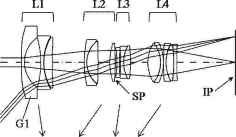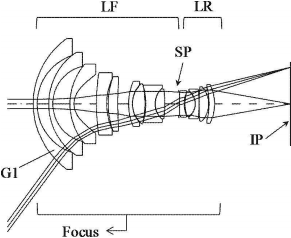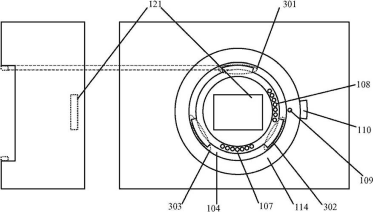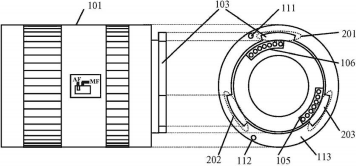Canon Patent For 400mm f/4 DO Lens
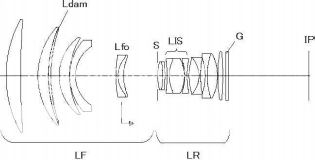
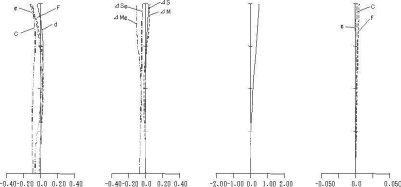
Egami (translated) spotted another patent filed by Canon. It is for a 400mm f/4 lens with diffractive optical elements (to reduce flare).
Patent description (machine translated):
- Patent Publication No. 2013-64858
- 2013.4.11 Release Date
- Filing date 2011.9.16
- Example 1
- Focal length f = 392.12mm
- Fno. 4.12
- Half angle of ω = 3.16 °
- Image height Y = 21.64mm
- 262.14mm length lens
- BF 69.97mm
- Two fluorite
- Materials and anomalous partial dispersion DOE to use, reduce the chromatic aberration
- Refractive power of the diffractive surface
- Strong, but can reduce the chromatic aberration of the element itself, flare increases
- The weaker, other optical element DOE play a role
- Refractive optical unit
- DOE anomalous partial dispersion and bonding materials
- DOE aspherical surface on the opposite side of the
- Vibration control
- Inner Focus

